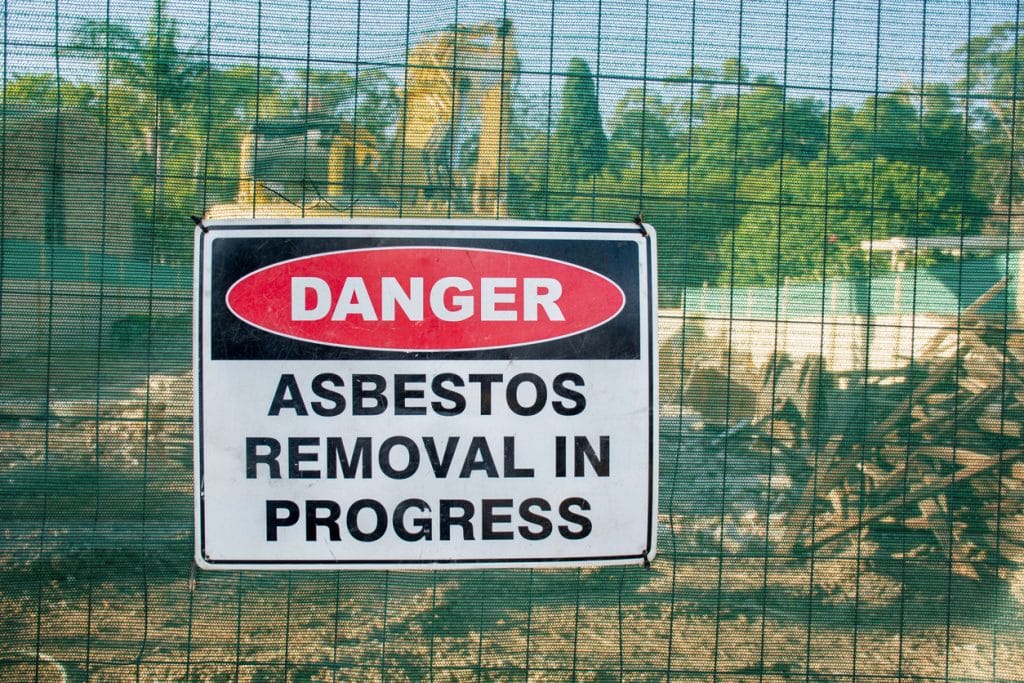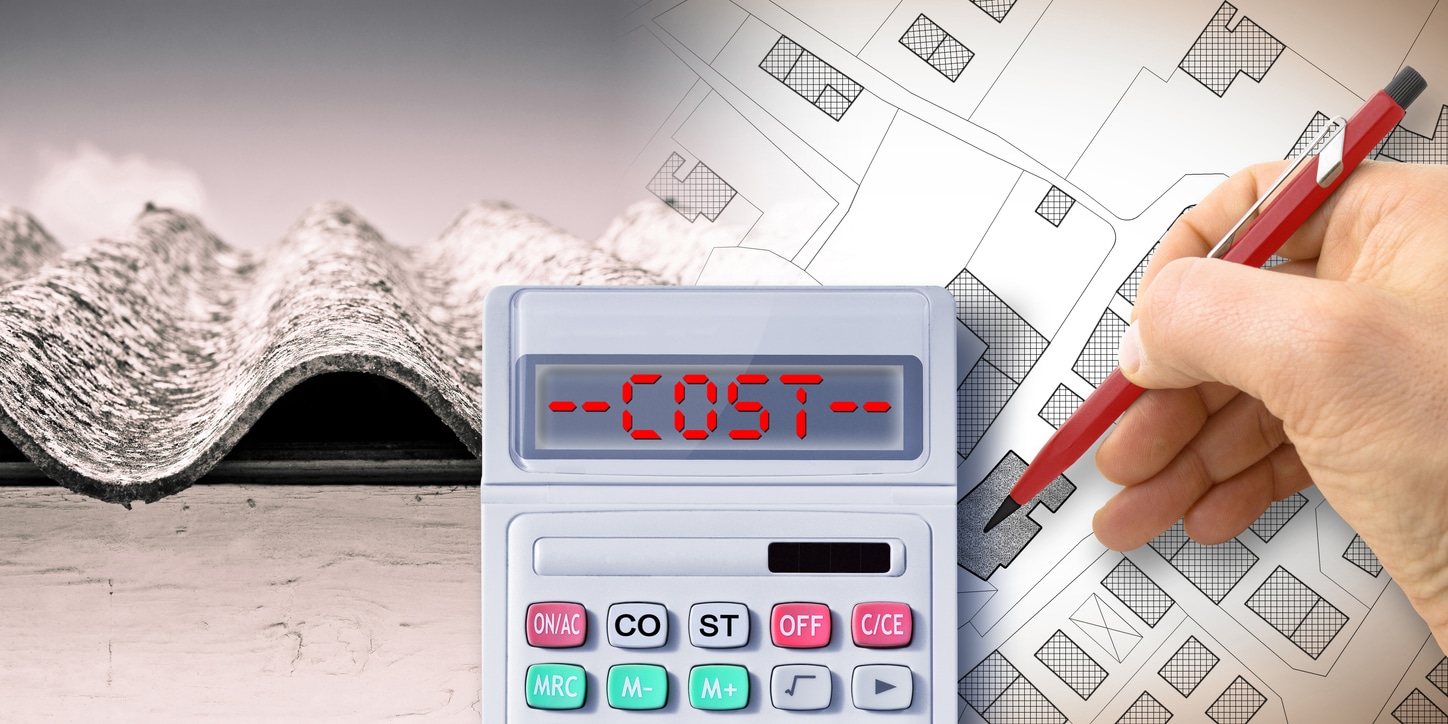Asbestos, a hazardous material commonly found in older buildings, poses serious health risks. If you’re searching for proper asbestos removal in Calgary, it’s important to understand the associated costs. In this blog post, we will explore the factors that influence the cost of asbestos removal and discuss the role of hazardous materials assessments in ensuring a safe and efficient removal process.

Factors Affecting the Cost of Asbestos Removal in Calgary
Several factors influence the cost of asbestos removal in Calgary:
- The size and complexity of the project play a significant role. Larger areas or structures with more asbestos-containing materials (ACMs) require more time and resources, thus increasing the cost. The location and accessibility of the asbestos also affect the removal process and subsequent expenses.
- The type of asbestos present, such as friable or non-friable, can impact the removal technique and associated costs.
- Municipality safety code requirements may vary by region, influencing the cost of compliance and adherence to proper removal protocols.
Professional Asbestos Removal Costs
Hiring a professional asbestos removal management company ensures a safe and compliant removal process. The cost of professional asbestos removal typically includes several components. Firstly, a hazardous materials assessment is conducted to identify the presence and extent of asbestos. This assessment plays a vital role in determining the scope of the removal project and ensuring the safety of workers and occupants. The assessment cost can vary based on the area’s size and the building structure’s complexity.
Abatement & Containment Expenses
The actual removal or abatement of asbestos is a complex process that requires specialized training, equipment, and disposal procedures. The abatement cost depends on factors such as the quantity and type of asbestos, the location of asbestos-containing materials (ACMs), and the necessary containment measures. Proper containment, such as erecting barriers and negative air pressure systems, is essential to prevent the release of asbestos fibres into the surrounding environment during removal. These containment measures contribute to the overall cost of asbestos removal.
Disposal & Clearance Testing
Disposal cost depends on local regulations and the quantity of asbestos waste. Asbestos must be transported and disposed of at approved facilities to ensure proper containment and management. Clearance testing is conducted after removal to verify that the area is safe and free of asbestos fibres-free. The cost of clearance testing is typically included in the overall removal expenses.
Importance of Hazardous Materials Assessments
Hazardous materials assessments conducted by qualified professionals are a critical step in the asbestos removal process. This assessment determines the presence, location, and condition of asbestos-containing materials in a building. It helps identify potential risks and ensures proper planning and execution of the removal project. The assessment helps estimate the quantity of asbestos to be removed, assess the level of risk, and devise appropriate containment strategies. Conducting a thorough hazardous materials assessment makes removal more efficient, targeted, and cost-effective.
Final Thoughts
Asbestos removal costs vary based on several factors, including the size and complexity of the project, the type and location of asbestos, and compliance with safety regulations. Professional asbestos removal management companies assess hazardous materials and provide accurate cost estimates. The expenses involve hazardous materials assessment, abatement, containment, disposal, and clearance testing. The hazardous materials assessment is crucial in ensuring safe and efficient removal, minimizing risks, and complying with regulations. By understanding the factors influencing asbestos removal costs and the role of a thorough hazardous materials assessment, individuals and organizations can make informed decisions and prioritize the health and safety of occupants and workers.
Alberta Safety & Environmental Services (ASE Services) is one of the most reputable providers of Hazardous materials assessment and hygiene inspection services—including asbestos, lead, mould, mercury, and silica detection, as well as industrial hygiene testing for grow ops and other facilities. With a background in Alberta’s Occupational Health & Safety Commission and professional project management skills, our qualified staff can provide reliable handling of air quality and industrial hygiene from initial industrial inspection all the way to remediation programs. Whether just for a permit, or in-depth air quality control, we can help. Feel free to reach out and secure air quality and hygiene requirements for your building.
